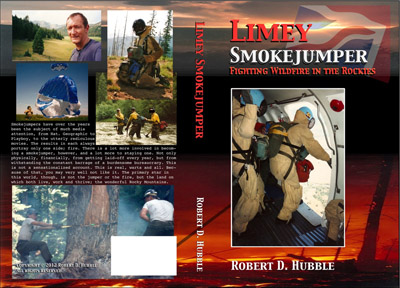 Smokejumpers have over the years been the subject of much media attention, from National Geographic to Playboy to some ridiculous movies. The results in each only portray one side; fire. There is much more to becoming a smokejumper, however, and a lot more effort required in remaining one. Not only physically, financially – from getting laid-off every year – but also from withstanding the constant barrage of a burdensome bureaucracy. This is not a sensationalized account, this is real, warts and all. Because of that, you may well not like it. The primary star in this world, though, is not the jumper or the fire, but the land on which both live, work and thrive; the wonderful Rocky Mountains.
Smokejumpers have over the years been the subject of much media attention, from National Geographic to Playboy to some ridiculous movies. The results in each only portray one side; fire. There is much more to becoming a smokejumper, however, and a lot more effort required in remaining one. Not only physically, financially – from getting laid-off every year – but also from withstanding the constant barrage of a burdensome bureaucracy. This is not a sensationalized account, this is real, warts and all. Because of that, you may well not like it. The primary star in this world, though, is not the jumper or the fire, but the land on which both live, work and thrive; the wonderful Rocky Mountains.
It is inherently human that those stalwarts of yesteryear brag about their work being harder and they being tougher than anything comparable today. In the case of early smokejumping, at least, this statement appears to be more true than most. Early smokejumper equipment demanded uncommon rigors in the face of an uncertainty that today's jumpers are thankfully unaccustomed. However, all jumpers still maintain an athletic level of fitness to do any job assigned, at anytime – and do so with unselfish vigor not because of the government, but in spite of it.